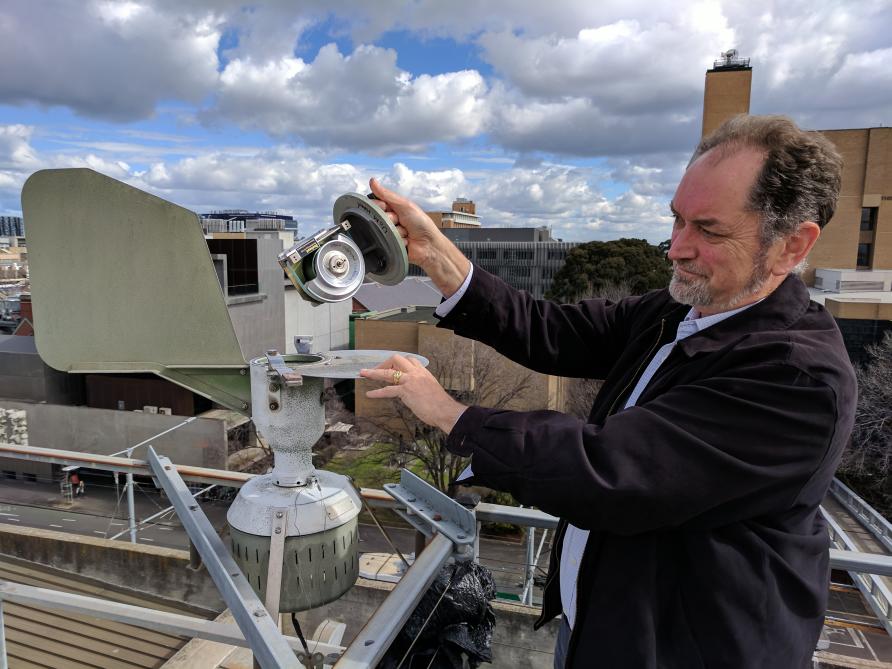
Victorians have been warned that 2019 could be worse than last year for hay fever and asthma sufferers.
University of Melbourne botanist, Dr Ed Newbigin, says grass pollen is likely to be worse this year and people with hay fever and asthma need to prepare for it now.
“There’s likely to be more grass pollen this year because good rainfall over winter has led to healthy grass growth,” said Dr Newbigin. “Now is a good time for people with hay fever or asthma to talk to their healthcare professional and make sure they are taking the right medications to reduce the chance of having a poor pollen season.”
The grass pollen season is still a few weeks away, but with many Victorians already suffering from hay fever, University of Melbourne researchers are monitoring different kinds of pollen, instead of just grass pollen, to see if they can understand what is causing these early season symptoms.
Dr Newbigin, coordinator of the Melbourne Pollen Count, said the daily counts at the Parkville campus have picked up a little bit of grass pollen, some eucalypt pollen and lots and lots of ash and cypress pollen over September.
“People experiencing allergy symptoms now are most likely allergic to pollen from one of the trees that’s flowering.”
Dr Newbigin said that while it’s hard to know which tree people are allergic to, an ongoing ‘citizen science’ project can help identify the culprit.
“There’s a simple survey on the free ,” he said. “By downloading the app and telling us about your daily hay fever symptoms, you’ll be helping us to identify the pollen type that’s causing allergies.”
Melbourne Pollen has provided an annual grass pollen count for nearly 30 years, although its work has become even more important since the thunderstorm asthma event in 2016.
As of October 1, all eight of Victoria’s pollen monitoring sites have come online and will be providing daily grass pollen counts and forecasts until December 31.






/SSM-49520_AoA_AppliedMechanicsLab_(DynamicsLab)241001-131027q10.jpg/_jcr_content/renditions/cq5dam.web.1280.720.jpeg)

